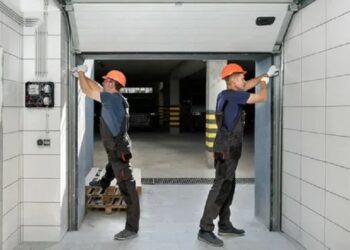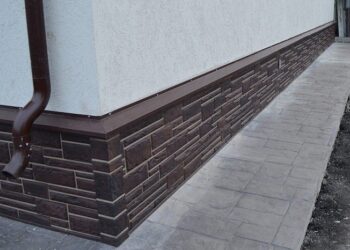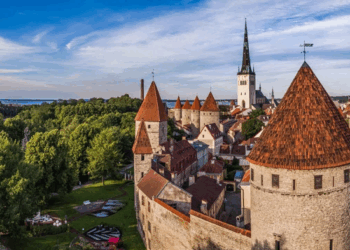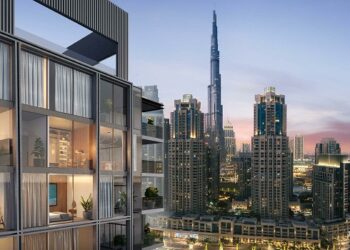Aerated concrete blocks have many advantages. This material is used for the construction of utility rooms, trade pavilions, the construction of residential buildings, laying gas blocks on walls and partitions.
Types of blocks
U-shaped blocks are used to create jumpers over openings. Wall partitions are erected from gas blocks with a smooth surface. A gas block has a complex structure, in which grooves and ridges are created.
Advantages of gas blocks
In the raw material composition, which is used to obtain gas blocks, there are no toxic substances. Therefore, products are considered environmentally friendly.
Protect gas blocks with excessive noise. They differ in good sound insulation.
You can process blocks using ordinary manual tools. When sawing and grinding gas blocks, you can not use expensive professional equipment.
In the houses that were created using gas blocks, the optimal microclimate is preserved at any time of the year: in the winter, the house is warm, and in the summer there is a light cool.
Have gas blocks with thermal insulation qualities.
Light in weight of the product additional load on the foundation do not create.
Severe frosts do not damage the structure of the gas block.
Products do not support combustion.
Mold does not accumulate on the surface of the blocks. Aerated concrete does not need to be treated with antiseptics.
The installation process goes without any difficulties. This is facilitated by the low weight of the products and the smooth surface of the block.
During manufacture, manufacturers form deep grooves in the block. During installation, a special adhesive is used.
Disadvantages of a gas block
Aerated concrete blocks also have disadvantages:
dowels and self-tapping screws are difficult to fix in products with a porous structure;
aerated concrete easily absorbs liquid.
The plaster does not adhere well to the surface of the blocks. To reduce the level of water absorption and improve the quality of the finish, the blocks are treated with a primer.
Manufacturing features
First, the raw mix is formed. Its composition includes water, cement, lime, aluminum paste, quartz sand. All ingredients are mixed and poured into special molds (here they harden). Next, the blanks are divided into blocks. Use a cutting tool. The products are then dried in an autoclave. At the final stage, the blocks are laid on strong metal pallets and closed with a film that protects products from moisture – .












